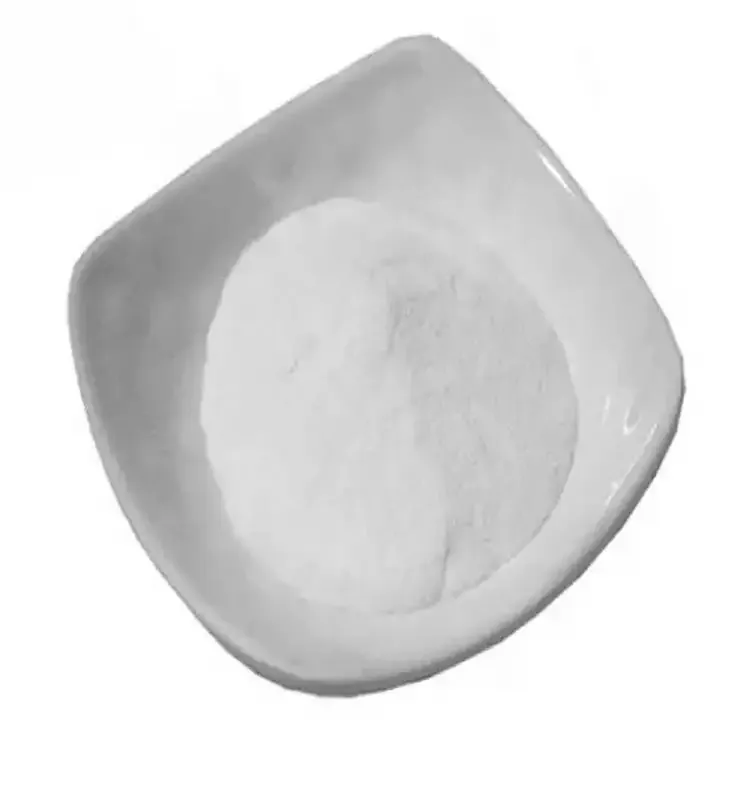Warning: Undefined array key "title" in /home/www/wwwroot/HTML/www.exportstart.com/wp-content/themes/1198/header.php on line 6
Warning: Undefined array key "file" in /home/www/wwwroot/HTML/www.exportstart.com/wp-content/themes/1198/header.php on line 7
Warning: Undefined array key "title" in /home/www/wwwroot/HTML/www.exportstart.com/wp-content/themes/1198/header.php on line 7
Warning: Undefined array key "title" in /home/www/wwwroot/HTML/www.exportstart.com/wp-content/themes/1198/header.php on line 7
- Afrikaans
- Albanian
- Amharic
- Arabic
- Armenian
- Azerbaijani
- Basque
- Belarusian
- Bengali
- Bosnian
- Bulgarian
- Catalan
- Cebuano
- China
- China (Taiwan)
- Corsican
- Croatian
- Czech
- Danish
- Dutch
- English
- Esperanto
- Estonian
- Finnish
- French
- Frisian
- Galician
- Georgian
- German
- Greek
- Gujarati
- Haitian Creole
- hausa
- hawaiian
- Hebrew
- Hindi
- Miao
- Hungarian
- Icelandic
- igbo
- Indonesian
- irish
- Italian
- Japanese
- Javanese
- Kannada
- kazakh
- Khmer
- Rwandese
- Korean
- Kurdish
- Kyrgyz
- Lao
- Latin
- Latvian
- Lithuanian
- Luxembourgish
- Macedonian
- Malgashi
- Malay
- Malayalam
- Maltese
- Maori
- Marathi
- Mongolian
- Myanmar
- Nepali
- Norwegian
- Norwegian
- Occitan
- Pashto
- Persian
- Polish
- Portuguese
- Punjabi
- Romanian
- Russian
- Samoan
- Scottish Gaelic
- Serbian
- Sesotho
- Shona
- Sindhi
- Sinhala
- Slovak
- Slovenian
- Somali
- Spanish
- Sundanese
- Swahili
- Swedish
- Tagalog
- Tajik
- Tamil
- Tatar
- Telugu
- Thai
- Turkish
- Turkmen
- Ukrainian
- Urdu
- Uighur
- Uzbek
- Vietnamese
- Welsh
- Bantu
- Yiddish
- Yoruba
- Zulu
Nov . 25, 2024 09:31 Back to list
Effective Uses of Xanthan Gum as a Natural Emulsifier in Food Applications
Xanthan Gum as an Emulsifier A Comprehensive Overview
In the food industry, emulsifiers are crucial ingredients that help stabilize and enhance the quality of various formulations. Among the various emulsifying agents available, xanthan gum has emerged as a popular candidate due to its unique properties and multifunctionality. Derived from the fermentation of glucose or sucrose by the bacterium Xanthomonas campestris, xanthan gum is a polysaccharide that is renowned for its thickening and stabilizing capabilities. This article explores the role of xanthan gum as an emulsifier, its mechanisms, advantages, applications, and considerations for usage.
Understanding Emulsifiers and Their Functionality
Emulsifiers are substances that facilitate the blending of two immiscible liquids, such as oil and water, by reducing the surface tension between them. By stabilizing the resulting emulsion, emulsifiers help prevent phase separation, ensuring a uniform texture and appearance in food products. Xanthan gum acts as an effective emulsifier by creating a viscous environment, thereby enhancing the stability of emulsions through its gel-forming abilities.
Mechanism of Action
The emulsifying properties of xanthan gum can be attributed to its unique molecular structure. Xanthan gum consists of a linear backbone of glucose units with side chains that provide additional interaction points with oil and water molecules. When xanthan gum is mixed with water, it hydrates and swells, forming a highly viscous solution. This viscosity creates a protective barrier around oil droplets in an emulsion, significantly reducing the likelihood of coalescence, which could lead to separation.
Xanthan gum’s ability to stabilize emulsions is further enhanced by its shear-thinning behavior. In applications where mechanical force is applied, such as mixing or pumping, xanthan gum decreases in viscosity, making it easier to process. Upon standing, it regains its viscosity, ensuring that the emulsion remains stable over time.
Advantages of Xanthan Gum
One of the primary benefits of using xanthan gum as an emulsifier is its effectiveness at low concentrations, allowing for cost-effective formulation without compromising quality. Additionally, xanthan gum is highly tolerant of pH variations and temperature changes, making it suitable for various applications, including dairy products, salad dressings, sauces, and baked goods.
xanthan gum emulsifier

Xanthan gum is also a gluten-free alternative, making it an excellent choice for gluten-free formulations. Its functionality extends beyond emulsification, as it can also provide thickness, improve mouthfeel, and enhance overall product stability.
Applications in Food Products
Xanthan gum finds widespread use in the food industry as an emulsifier in numerous products. In salad dressings, it helps maintain a stable emulsion between oil and vinegar, preventing separation and ensuring a consistent texture. Similarly, in dairy products like yogurt and ice cream, xanthan gum contributes to creaminess while stabilizing fat and water layers.
Moreover, xanthan gum is increasingly being used in plant-based alternatives, where it provides functionally similar attributes to traditional dairy products. As consumers become more health-conscious and seek cleaner labels, xanthan gum’s natural origin and multifunctionality make it an appealing choice for food manufacturers.
Considerations and Challenges
Despite its many advantages, some challenges are associated with the use of xanthan gum. Its gelling properties can be influenced by the presence of other ingredients, which may require careful formulation to achieve the desired consistency. Additionally, in some cases, consumers may have concerns regarding the acceptance of xanthan gum in clean label products, prompting manufacturers to explore alternative emulsifiers.
Conclusion
Xanthan gum has established itself as a versatile emulsifier that enhances texture, stability, and sensory attributes in various food applications. Its effectiveness at low concentrations, combined with its ability to withstand varying processing conditions, makes it an invaluable asset for food formulators. As the demand for innovative and high-quality food products continues to grow, xanthan gum will undoubtedly play a significant role in shaping the future of food emulsification.
Latest news
-
Certifications for Vegetarian and Xanthan Gum Vegetarian
NewsJun.17,2025
-
Sustainability Trends Reshaping the SLES N70 Market
NewsJun.17,2025
-
Propylene Glycol Use in Vaccines: Balancing Function and Perception
NewsJun.17,2025
-
Petroleum Jelly in Skincare: Balancing Benefits and Backlash
NewsJun.17,2025
-
Energy Price Volatility and Ripple Effect on Caprolactam Markets
NewsJun.17,2025
-
Spectroscopic Techniques for Adipic Acid Molecular Weight
NewsJun.17,2025

